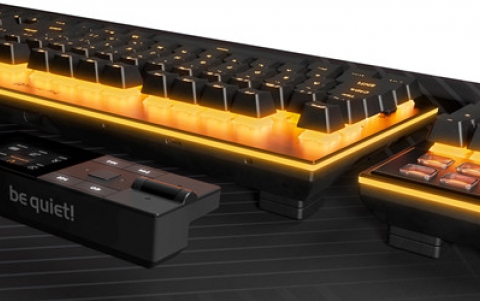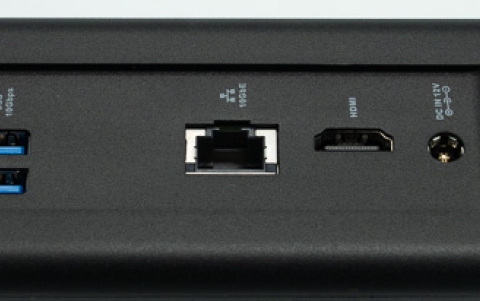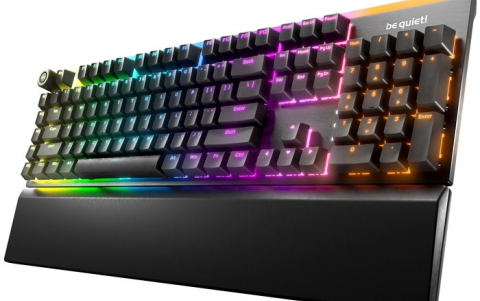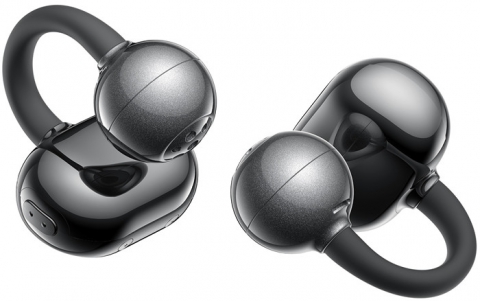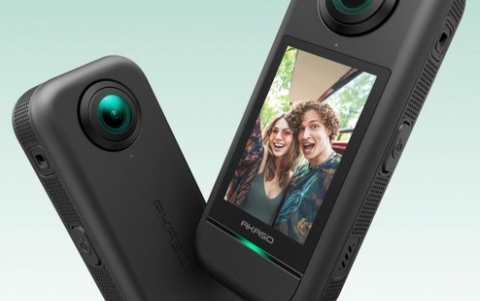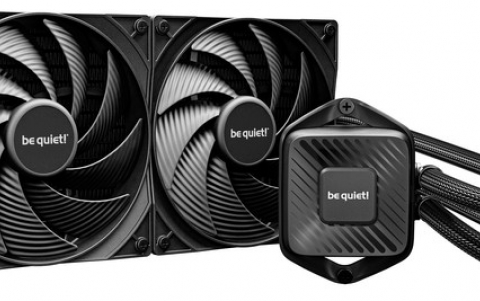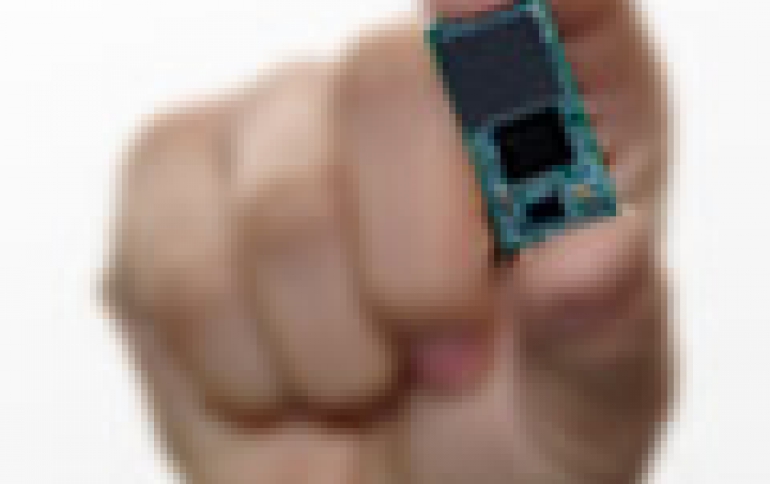
Ingenic Introduces MIPS-based M200 chip and Newton2 Platform for Wearables
Chinese company Ingenic has released the Ingenic Newton2 MIPS-based development platform targeting a wide range of connected consumer devices, including wearables. Earlier this year the company had released the Ingenic Newton platform. This board was powered by an Ingenic JZ4775 chip which included a MIPS32-based XBurst single-core processor clocked at 1 GHz.
The new Ingenic Newton2 is a small hardware module that measures 15 x 30 mm, achieving a 50% reduction in area. It integrates the main application processor, eMCP memory, a smart power management controller, on-board Wi-Fi and Bluetooth connectivity, and a MEMS sensor, together with seven dedicated connectors for the usual interfaces (display, audio, camera etc.)
The board runs the latest version of the Android and Linux operating systems.
Battery life has also been improved significantly: standby power consumption for Newton2 is less than 3mW, allowing devices to work for twice as long.
Target applications include smartwatches, augmented reality headsets, smart glasses, smart cameras, wearable healthcare monitors, fitness bands, activity trackers, smart clothing, sleep sensors, and more.
The Ingenic Newton2 features Ingenic M200, a new chipset that implements an architecture designed for the low power and reduced area requirements of wearables.

The dual-core MIPS-based XBurst application processor implements a power-saving hardware architecture where a high-performance MIPS CPU clocked at 1.2 GHz tackles most of the heavy lifting, while less demanding tasks are handled by a secondary low-power 300 MHz MIPS CPU.
When in full operating mode, the M200 chip consumes only 150mW. Additionally, M200 includes special fabric that creates multiple low power modes of operation and distinct power islands; these islands can also be switched on by special programmable triggers (e.g. voice activation).
The multimedia department sees the addition of a 3D graphics engine that supports OpenGL ES 2.0. M200 also integrates a dedicated, multi-standard video engine for low power decoding and encoding of popular codecs like H.264 and VP8 (up to 720p at 30 fps).
Finally, the chipset also includes an ISP for image pre-processing that supports a range of vital features for camera vision applications:
- Wide Dynamic Range (EDR), dual-stream processing
Video and still image stabilization
Image cropping and rescaling
Auto exposure and gain control
Auto focus control and advanced noise reduction
Color correction and management
Newton2 Specifications
PHYSICAL |
|
Form factor |
A modular board with 7 external connectors |
Dimensions |
15 x 30 x 2.4 mm |
COMPONENTS |
|
Processor |
Ingenic dual-core M200 SoC, one core up to 1.2 GHz, the other core up to 300MHz
|
Memory |
eMCP (4GB eMMC + 4Gb LPDDR2) |
PMIC |
Ricoh RC5T619 power management IC |
Wi-Fi |
Broadcom 43438 single-band 2.4GHz IEEE 802.11b/g/n |
Bluetooth |
Bluetooth 4.1 (Bluetooth Low Energy), 2.1 + EDR |
Sensor |
InvenSense MPU-9250, 9-axis gyroscope + accelerometer + magnetometer |
USB 2.0 |
Micro USB device |
UART |
Serial debug port |
Clocks |
24MHz, 32.768kHz; 26MHz (Wi-Fi/BT) |
EXTERNAL CONNECTORS |
|
Display (24-pin) |
MIPI-DSI and power signals for 32020 1.63" AMOLED module |
Touch (14-pin) |
Power and interrupt signals for capacitive touch screen |
Audio (14-pin) |
DMIC and AOHPL/R |
Camera (16-pin) |
MIPI-CSI and I2C |
Button (14-pin) |
POWER, BOOT_KEY, BOOT_SEL1 |
GPS/Sensor (18-pin) |
UART, I2C, GPIO |
RF Connect (4-pin) |
Wi-Fi and 2.4GHz BT antenna |
POWER |
|
Input |
Li-on battery: 3.7~4.2V; Micro USB: 5.0V |
Power consumption |
|
SOFTWARE |
|
Supported OS |
Android 4.4, Linux 3.10 |
Code availability |
Open source |
Ingenic M200 specifications
| Architecture |
|
Pipeline |
9-stage, single issue |
Dhrystone |
2.0 DMIPS/MHz |
MMU |
|
Cache |
|
Debug |
EJTAG |
Process |
0.18um, 90nm, 65nm, 40nm |
Performance and Power consumption |
|







